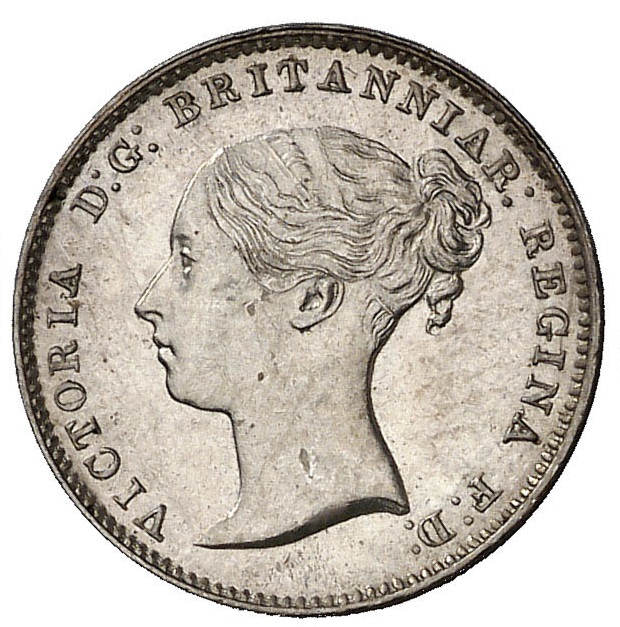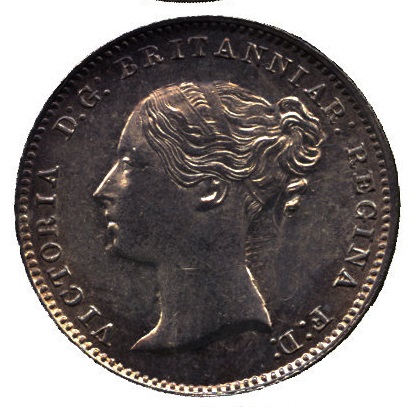-
Posts
12,740 -
Joined
-
Last visited
-
Days Won
339
Content Type
Profiles
Forums
Events
Downloads
Store
Gallery
Articles
Everything posted by Rob
-

Strange 10p I found in some change
Rob replied to Sherlock's topic in British Coin Related Discussions & Enquiries
Blocked die, but only worth a couple pounds at the most. There are a few examples shown on this forum elsewhere -
Missed a trick by not buying Nicholson's 1719 when it was cheap. This is the third example after Peck's coin and the Rogers coin which surfaced out of Baldwin's basement. It is the example that surfaced in a Brand sale in the US in the 1960s. He had obviously picked it up sometime around WW1, probably in 1912.
-

Let's see your best George II LIMA silver!
Rob replied to Paulus's topic in British Coin Related Discussions & Enquiries
-
Actually, both the above ticked boxes. The first as an example of a double obverse, and the second as an example of a George II coin. Notwithstanding that, I have gone overboard keeping the first issue G2 halfpennies with both silver and copper proofs and 1732/1 all falling into the too nice to sell category, a GEOGIVS because I've had it for ages though is only EF, and the 1734/3 retained simply because I have only seen three with the next best only in the good fine ballpark. The 1738 appears to be the second best of seven I've noted so far. There will be more unaccounted for, but it's not that common because I sub-conciously look for them as the variety is clear down to below fine grade. The 1738 in the April 1986 sale at Glens looks to be better from the description with lustre as well. For a change, George I. 1719 first issue halfpenny.
-
Marketing. We all complain about costs relative to intrinsic value, but who is to say that our collections have any premium to this either. There is a market amongst some who feel they are worth more than bullion. The cost of manufacture dictates that the initial retail price must exceed spot. In fact, everything you buy costs more than the spot price of the raw materials.
-
They are buying the label. It matters to some that the genuine Chinese non-circulating bullion is what you have compared to the Chinese bullion copy of the Chinese bullion
-
Didn't pay attention. A lot of indifferent material made a lot of money today.
-
I've got a 1960 VIP proof which I would do an exchange on assuming you had a problem free example duplicate date (excluding the common set dates for obvious reasons).
-
The question is, what was wrong with it? Maybe nothing, but dropping a point gave a bit of wiggle room for the future?
-

Anyone care to try and figure this one out?
Rob replied to Coppers's topic in British Coin Related Discussions & Enquiries
Could be anything. A mistake just means a random unintended punch. Doesn't have to be a number or a letter, or even the right way up. -

Anyone care to try and figure this one out?
Rob replied to Coppers's topic in British Coin Related Discussions & Enquiries
4 over a partially cut 8 or S? -
Probably no rim bruise
-

Let's See Your Toned English Milled Silver!
Rob replied to Paulus's topic in British Coin Related Discussions & Enquiries
Those 3 you posted and Spink 638 could be different obv. 3s. The first I of BRIT is a bit bent to the right in the latter and the alignment of the second I and A in BRIT together with the bun curls relative to the R could be different too. If so, this condemns the RR obverse as a maundy die. -

Let's See Your Toned English Milled Silver!
Rob replied to Paulus's topic in British Coin Related Discussions & Enquiries
That's Spink 15006 lot 638 off my list. -

Let's See Your Toned English Milled Silver!
Rob replied to Paulus's topic in British Coin Related Discussions & Enquiries
Sorry, that was supposed to say obverse 2, not 3. I got it right in the list above as the two images are Aureo and Baldwin -doh. Easiest way for me is the number of border teeth. 8ish on obv 2 vs 11 or so on 3 between D and the colon after G is quite obvious. -

Let's See Your Toned English Milled Silver!
Rob replied to Paulus's topic in British Coin Related Discussions & Enquiries
These two might possibly be different obverse 3 dies. The serifs on the first I are different and there is possibly small differences in the bun area and the position of the legend relative to the border teeth from 3 to 5 o'clock. It might just be a different die state that has led to any changes. Ideally there will be flaws on two different dies that aren't represented on the other




